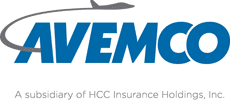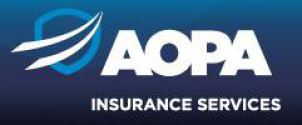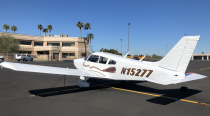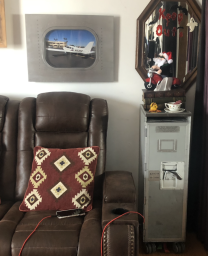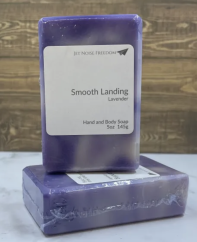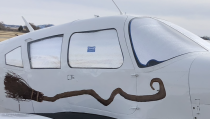
Insurance
- renter's insurance
- owner's insurance
- CFI non-owned insurance
- flying clubs
- corporate aircraft
- renter's insurance
- owner's insurance
- CFI non-owned insurance
- flying clubs
- corporate aircraft
Adobe Acrobat document [2.1 MB]
Adobe Acrobat document [14.5 MB]
Underwriters: underwriting spreads risk over several insurance companies - done through a clearinghouse eg The Underwriters at Lloyds (Lloyds of London) - clearinghouse affords participating companies' representatives the opportunity to "subscribe" to cover a portion of risk - when all total 100% then clearinghouse quotes entire price to buyer
War Risk Exclusion and Insurance: Lloyd's form AVN 48B
- Loss of license insurance
Offered by ALPA and AOPA (here)
Microsoft Word document [1.5 MB]
Contact Me
Sarah Nilsson, J.D., Ph.D., MAS
602 561 8665
You can also fill out my
Get Social with Me
Legal Disclaimer
The information on this website is for EDUCATIONAL purposes only and DOES NOT constitute legal advice.
While the author of this website is an attorney, she is not YOUR attorney, nor are you her client, until you enter into a written agreement with Nilsson Law, PLLC to provide legal services.
In no event shall Sarah Nilsson be liable for any special, indirect, or consequential damages relating to this material, for any use of this website, or for any other hyperlinked website.
Steward of
I endorse the following products
KENNON (sun shields)

